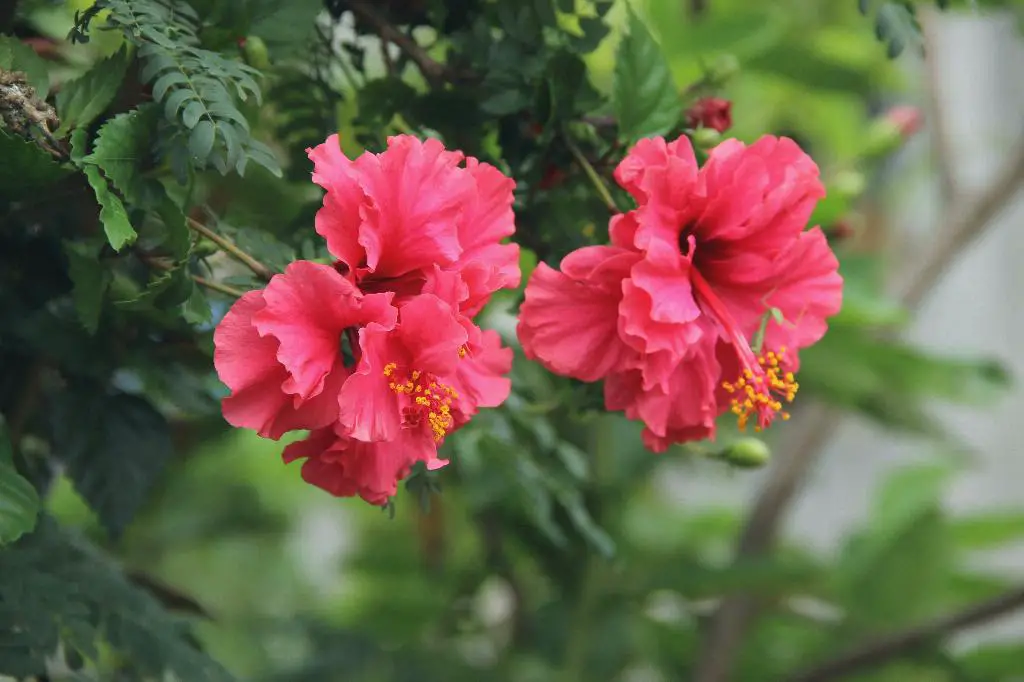When it comes to hibiscus plants, one common query that many plant enthusiasts have is whether these vibrant blooms can be planted outside. The good news is, yes, hibiscus plants can indeed thrive when placed outdoors, provided certain conditions are met.
After the last frost period has passed, typically in the spring months, it is safe to transfer your hibiscus plant from indoors to an outdoor setting. This timing is crucial, as exposing the plant to frost can be detrimental to its growth and overall health.
Upon moving your hibiscus outside, it is important to choose a suitable location for it to flourish. Opt for a spot that receives partial to full sunlight, as hibiscus plants thrive in bright, sunny conditions. Additionally, ensure that the area has well-draining soil to prevent waterlogging, which can lead to root rot.
Before placing your hibiscus in its outdoor home, it is advisable to allow the plant to acclimate to the new environment gradually. Initially, position the hibiscus in a shaded area for a few weeks. This transitional period allows the leaves to adjust to the increased light levels outdoors, reducing the risk of sunburn.
Proper watering is essential for the health of hibiscus plants when grown outside. While hibiscus plants enjoy moist soil, it is important not to overwater them, as this can lead to issues such as root rot. Water the plant when the top layer of soil feels dry to the touch, but avoid letting the roots sit in water.
When it comes to fertilizing hibiscus plants in an outdoor setting, a balanced fertilizer formulated for flowering plants can help promote healthy growth and abundant blooms. Be sure to follow the manufacturer’s instructions regarding application rates and frequency to avoid overfertilization.
Pruning hibiscus plants outdoors can help maintain their shape, encourage new growth, and promote abundant flowering. Regular deadheading of spent blooms can also stimulate continuous blooming throughout the growing season, keeping your hibiscus looking beautiful and vibrant.
Pest management is another crucial aspect of caring for hibiscus plants outdoors. Keep an eye out for common pests such as aphids, mealybugs, and spider mites, which can affect the health of your plant. Regularly inspect the foliage for signs of pest infestations and treat them promptly.
In colder climates where frost is a concern, it is essential to prepare your hibiscus plant for winter. Before the first frost, trim back any dead or damaged branches, and consider mulching around the base of the plant to insulate the roots from freezing temperatures.
During the winter months, hibiscus plants can be brought indoors to protect them from harsh weather conditions. Place the plant in a bright, cool room away from drafts, and reduce watering to allow for a period of dormancy. Once the danger of frost has passed in spring, the hibiscus can be moved back outdoors.
Overall, with proper care and attention to their specific needs, hibiscus plants can thrive when planted outside. By following these guidelines and providing the right conditions, you can enjoy the beauty of hibiscus blooms in your outdoor garden or patio space.

